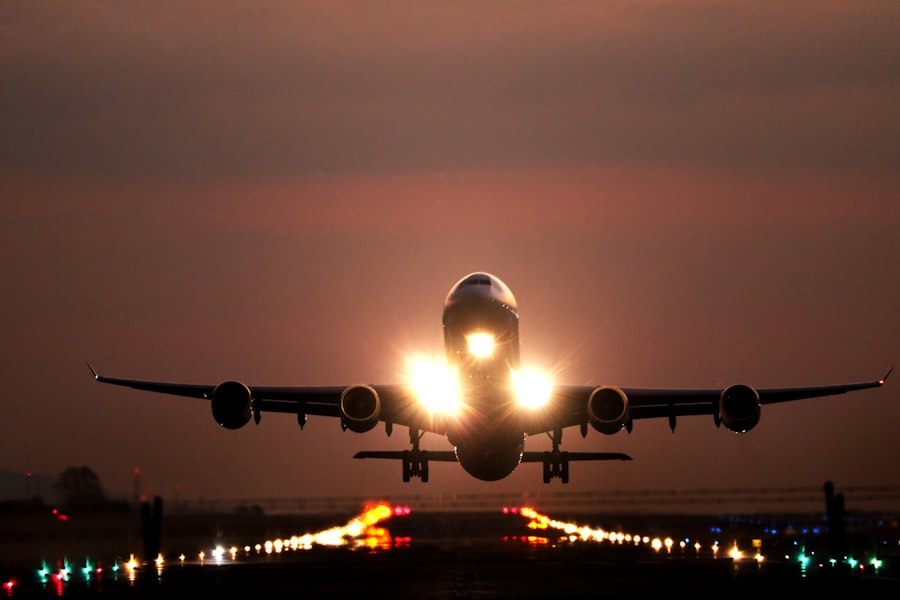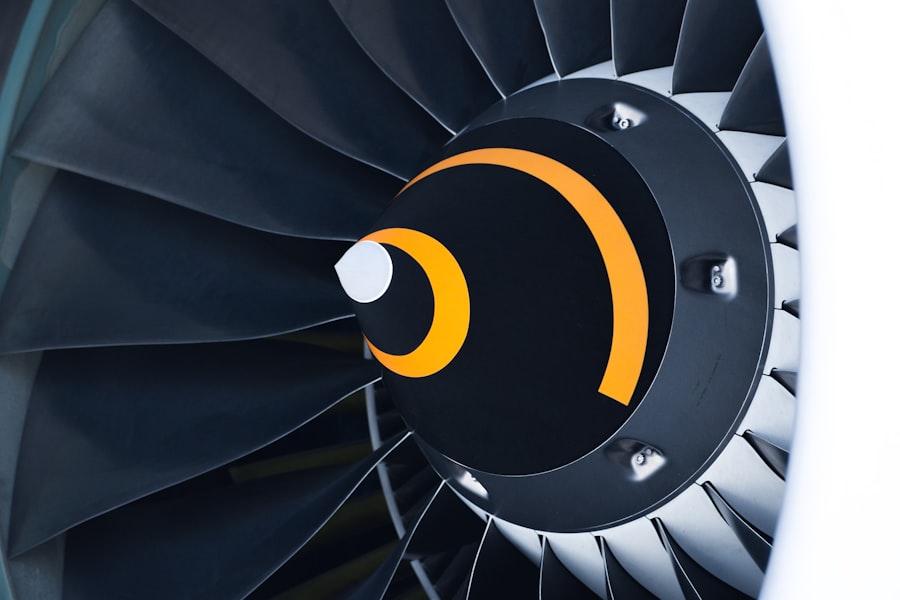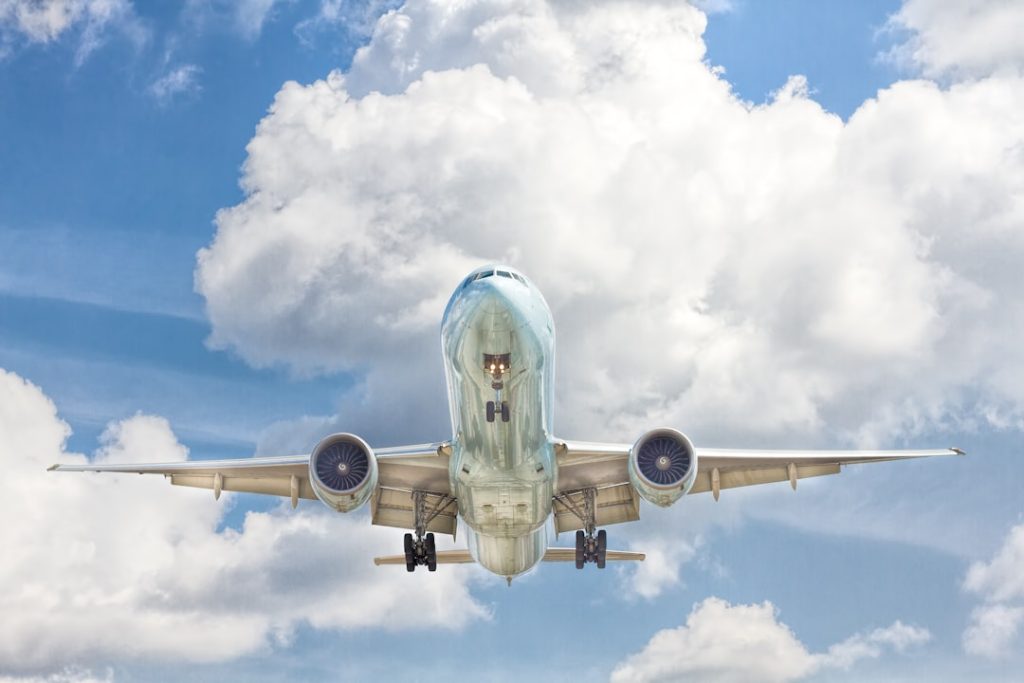The U-2 aircraft, often referred to as the “Dragon Lady,” has a storied history that dates back to the early years of the Cold War. Developed by Lockheed’s Skunk Works division under the leadership of Clarence “Kelly” Johnson, the U-2 was conceived in response to the urgent need for high-altitude reconnaissance capabilities. The initial design work began in 1953, and the first flight took place on August 4, 1955.
The aircraft was intended to gather intelligence on Soviet military capabilities and activities, a task that was becoming increasingly critical as tensions between the United States and the Soviet Union escalated. The U-2’s operational debut came during a time when traditional reconnaissance methods, such as aerial photography from lower altitudes, were becoming increasingly dangerous due to advancements in enemy air defenses. The U-2 was designed to fly at altitudes exceeding 70,000 feet, well above the reach of most surface-to-air missiles and interceptors of the time.
This high-altitude capability allowed it to capture detailed imagery and gather signals intelligence without being easily detected. The aircraft quickly became a vital asset for the Central Intelligence Agency (CIA) and later for the United States Air Force (USAF), playing a crucial role in various Cold War confrontations.
Key Takeaways
- The U2 aircraft was developed in the 1950s for high-altitude reconnaissance missions during the Cold War.
- The U2 aircraft is known for its unique design, including long, narrow wings and a single engine, allowing it to fly at extremely high altitudes.
- The U2 aircraft has played a crucial role in modern warfare, providing intelligence and surveillance capabilities in various conflicts and operations.
- The U2 aircraft has had a significant impact on intelligence gathering, providing valuable information on enemy activities and capabilities.
- Operating the U2 aircraft presents numerous challenges, including the need for specialized training, extreme altitude flying, and maintenance requirements.
The Design and Technology of the U2 Aircraft
The design of the U-2 is a remarkable blend of engineering ingenuity and cutting-edge technology. Its distinctive long wingspan, which measures 103 feet, is one of its most recognizable features. This design allows for exceptional lift at high altitudes, enabling the aircraft to glide efficiently through the thin atmosphere.
The U-2’s wings are constructed from lightweight materials, including aluminum and composite materials, which contribute to its overall performance and endurance. Equipped with advanced sensors and cameras, the U-2 is capable of capturing high-resolution imagery across a wide range of wavelengths, including visible light, infrared, and radar. The aircraft’s payload can be customized depending on mission requirements, allowing it to perform various roles such as reconnaissance, surveillance, and electronic intelligence gathering.
The U-2’s ability to operate at such high altitudes also necessitated innovative solutions for its cockpit design. Pilots wear specialized pressure suits similar to those used by astronauts, as the thin atmosphere at cruising altitudes poses significant physiological challenges.
The Role of the U2 Aircraft in Modern Warfare

In modern warfare, the U-2 continues to serve as a critical asset for intelligence, surveillance, and reconnaissance (ISR) operations. Its ability to fly at high altitudes while remaining largely undetected allows it to gather vital information about enemy movements, troop deployments, and infrastructure developments. This capability is particularly important in conflict zones where ground-based intelligence may be limited or compromised.
The U-2 has adapted to changing warfare dynamics by incorporating new technologies and capabilities over the years. For instance, it has been equipped with advanced synthetic aperture radar (SAR) systems that enable it to create detailed images of ground targets regardless of weather conditions or time of day. This versatility makes the U-2 an invaluable tool for military planners and decision-makers who rely on accurate and timely intelligence to inform their strategies.
The U2 Aircraft’s Impact on Intelligence Gathering
| Metrics | Data |
|---|---|
| Flight Altitude | 70,000 feet |
| Maximum Speed | 500 knots |
| Range | 7,000 nautical miles |
| Intelligence Gathering Capabilities | High-resolution imagery, signals intelligence, and electronic intelligence |
| Operational History | Used in various conflicts and surveillance missions |
The impact of the U-2 on intelligence gathering cannot be overstated. Its introduction revolutionized aerial reconnaissance by providing unprecedented access to enemy territory without risking pilot lives at lower altitudes. One of the most notable examples of its effectiveness occurred during the Cuban Missile Crisis in 1962 when U-2 flights over Cuba revealed the presence of Soviet missile installations.
This intelligence was pivotal in shaping U.S. policy and response during one of the most critical moments of the Cold War. Beyond its role in specific crises, the U-2 has contributed to a broader understanding of global military capabilities and geopolitical dynamics.
Its ability to monitor arms control agreements, track nuclear proliferation, and assess natural disasters has made it an essential tool for both military and civilian agencies. The data collected by U-2 missions has informed national security strategies and diplomatic negotiations, highlighting its significance beyond mere reconnaissance.
The Challenges of Operating the U2 Aircraft
Operating the U-2 presents unique challenges that stem from its high-altitude performance and specialized design. One of the primary difficulties is related to its landing and takeoff procedures. Due to its long wingspan and high aspect ratio, the U-2 requires a specific approach angle during landing, which can be challenging for pilots accustomed to conventional aircraft.
Additionally, the aircraft’s landing gear is designed for high-speed landings, necessitating precise control during touchdown. Weather conditions also pose significant challenges for U-2 operations. While its high altitude allows it to fly above many weather systems, pilots must still contend with turbulence and other atmospheric phenomena that can affect flight stability.
Furthermore, mission planning must account for potential changes in weather patterns that could impact reconnaissance objectives. These operational complexities require extensive training and experience for U-2 pilots, who must be adept at managing both technical and environmental factors during missions.
The Future of the U2 Aircraft

As military technology continues to evolve, questions arise about the future role of the U-2 in an increasingly complex battlefield environment. While unmanned aerial vehicles (UAVs) have gained prominence in ISR operations due to their cost-effectiveness and reduced risk to human life, the U-2 remains relevant due to its unique capabilities. Its ability to carry a diverse array of sensors and adapt to new technologies ensures that it can continue to provide valuable intelligence in ways that UAVs may not be able to replicate.
Moreover, ongoing upgrades to the U-2’s systems have extended its operational lifespan well beyond initial expectations. The integration of modern avionics, enhanced communication systems, and advanced sensor technologies has allowed it to remain competitive in an era dominated by rapid technological advancements. As long as there is a need for high-altitude reconnaissance that combines human judgment with sophisticated sensor data analysis, the U-2 is likely to maintain its place within the arsenal of military assets.
Famous Missions and Incidents Involving the U2 Aircraft
Throughout its history, the U-2 has been involved in numerous missions that have shaped international relations and military strategy. One of the most famous incidents occurred on May 1, 1960, when pilot Francis Gary Powers was shot down over Soviet airspace while conducting a reconnaissance mission. This event not only heightened tensions between the United States and the Soviet Union but also exposed vulnerabilities in American intelligence-gathering efforts.
Powers’ subsequent capture and trial became a focal point in Cold War propaganda battles. Another significant mission took place during Operation Desert Storm in 1991 when U-2s provided critical intelligence on Iraqi troop movements and positions prior to and during combat operations. The aircraft’s ability to deliver real-time imagery allowed coalition forces to make informed decisions on targeting and strategy.
Such missions underscore the enduring relevance of the U-2 in contemporary military operations and its capacity to adapt to new challenges.
The Legacy of the U2 Aircraft
The legacy of the U-2 aircraft is one marked by innovation, resilience, and adaptability. As one of the longest-serving aircraft in military history, it has not only transformed aerial reconnaissance but has also influenced subsequent generations of intelligence-gathering platforms. Its design principles have informed various aircraft developments across different branches of military aviation.
Moreover, the U-2’s contributions extend beyond military applications; it has played a role in scientific research and environmental monitoring as well. For instance, it has been utilized for atmospheric studies, collecting data on ozone levels and other environmental factors crucial for understanding climate change. This dual-use capability highlights how military technology can intersect with civilian needs, further solidifying the U-2’s place in both historical and contemporary contexts.
In summary, the U-2 aircraft stands as a testament to human ingenuity in aviation technology and intelligence gathering. Its storied history reflects not only advancements in engineering but also shifts in geopolitical landscapes that have shaped global security dynamics over decades. As it continues to evolve alongside emerging technologies, its legacy will undoubtedly influence future generations of reconnaissance platforms while serving as a reminder of the importance of vigilance in an ever-changing world.


